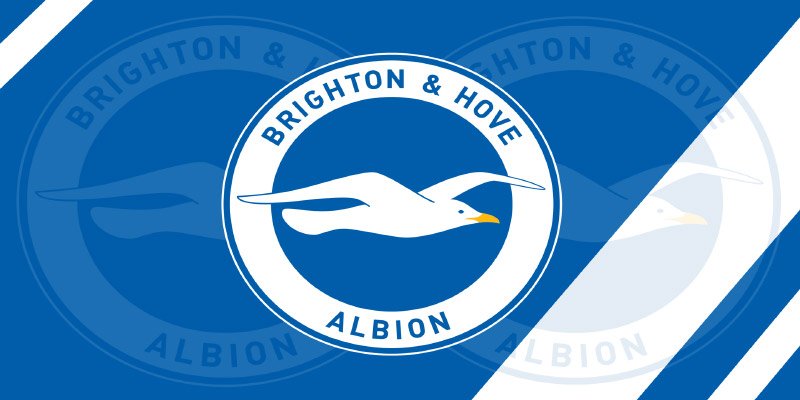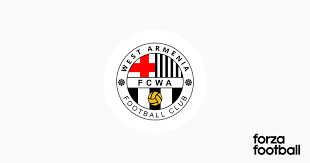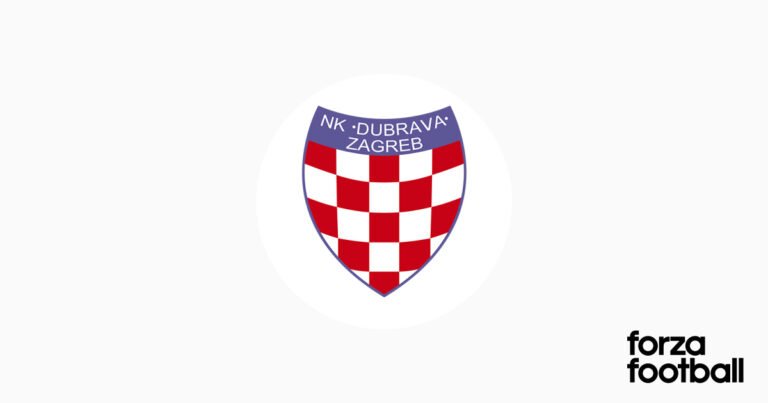
Brighton FC: From Underdogs to Premier League Contenders
Once a club battling for survival in English football’s lower tiers, Brighton FC has transformed into a rising powerhouse in the Premier League. Nicknamed the Seagulls, they have defied the odds with smart management, tactical evolution, and an unyielding fighting spirit. From near relegation to competing with England’s elite, Brighton’s journey is a testament to resilience and ambition. With a passionate fanbase and a vision for sustained success, the club continues to make waves, proving that dreams in football are never too big to chase.
A Rich Tapestry of Brighton FC
The history of Brighton FC is rich and complex, marked by both triumphs and tribulations. Understanding this history is vital to appreciate how the club has evolved over the years.
The Formation and Early Years
Despite these hurdles, Brighton secured its first significant achievement by winning the FA Cup in 1910. This victory laid the foundation for the club’s identity and instilled a sense of pride among its supporters. The early decades were characterized by fluctuating fortunes as the club oscillated between divisions, reflecting the ups and downs of a new footballing entity trying to find its feet.
The Mid-Century Struggles
The post-war era brought with it both optimism and disappointment. While Brighton FC experienced periods of success, including promotions to higher divisions, it also faced relegation and financial troubles that threatened its existence.
The late 20th century was particularly tumultuous. Fans witnessed the club flirt with extinction as the management struggled to maintain financial viability. It was during this period that the loyalty of the supporters became paramount, showcasing the passionate fanbase that would become synonymous with Brighton FC. These experiences not only solidified the club’s identity but also cultivated a resilient culture among fans and players alike.
The Emergence of Modern Football
As football began to evolve in the late 1990s and early 2000s, so too did Brighton FC. The club endeavored to reinvent itself through strategic leadership, community engagement, and investments in youth development.
In the early 2000s, Brighton made a significant move by relocating to the newly built Falmer Stadium, now known as the American Express Community Stadium. This modern facility allowed the club to enhance its revenue streams and attract a broader audience. The transition marked a turning point, providing a solid foundation for future growth and ambition.
Climbing the Ranks: Key Promotions
Brighton FC’s rise to prominence involved several crucial promotions that shaped its trajectory through the English football leagues.
The Championship Breakthrough
In 2011, Brighton achieved a significant milestone by winning promotion to the Championship, the second tier of English football. A blend of astute signings, effective management, and an enthusiastic fan base paved the way for this achievement.
The influence of Gus Poyet, the club’s manager at the time, cannot be overstated. His tactical acumen and ability to inspire players played a pivotal role in securing the promotion. Poyet fostered a brand of attacking football that captured the imagination of fans and positioned Brighton as serious contenders in the Championship.
The club’s successful campaign was driven by a collective effort, as players like Glenn Murray and Kazenga LuaLua emerged as stars on the pitch. Their contributions were instrumental in creating a formidable squad capable of challenging for top honors.
The Promotion to the Premier League
Brighton’s ascent continued when they achieved promotion to the Premier League in 2017. This remarkable feat represented the culmination of years of hard work, planning, and strategic investment.
Chris Hughton, the managerial figurehead during this period, played a crucial role in guiding the team to such heights. He instilled a disciplined approach to gameplay, focusing on defensive solidity while maintaining a counter-attacking threat. This pragmatic style proved effective against some of the league’s most formidable opponents.
The promotion not only elevated Brighton’s status but also provided the club with newfound financial resources. Competing in the Premier League allowed Brighton to invest further in player acquisitions, infrastructure, and community engagement initiatives, ensuring its sustainability and growth.
Establishing a New Identity
With promotion to the Premier League came the challenge of establishing a competitive identity. Brighton FC needed to prove that it belonged amongst some of the richest and most prestigious clubs in England.
The club recognized the importance of fostering talent through its academy system. Developing homegrown players became a priority, resulting in a steady stream of promising young talents emerging through the ranks. This emphasis on youth ensures that Brighton can remain competitive without solely relying on high-profile signings.
Moreover, Brighton’s commitment to creating a distinct playing style has helped cement its place in the Premier League. The Seagulls adopted a possession-based approach, emphasizing fluid movement and teamwork. This philosophy resonates with both players and fans, creating a compelling vision for the club’s future.



